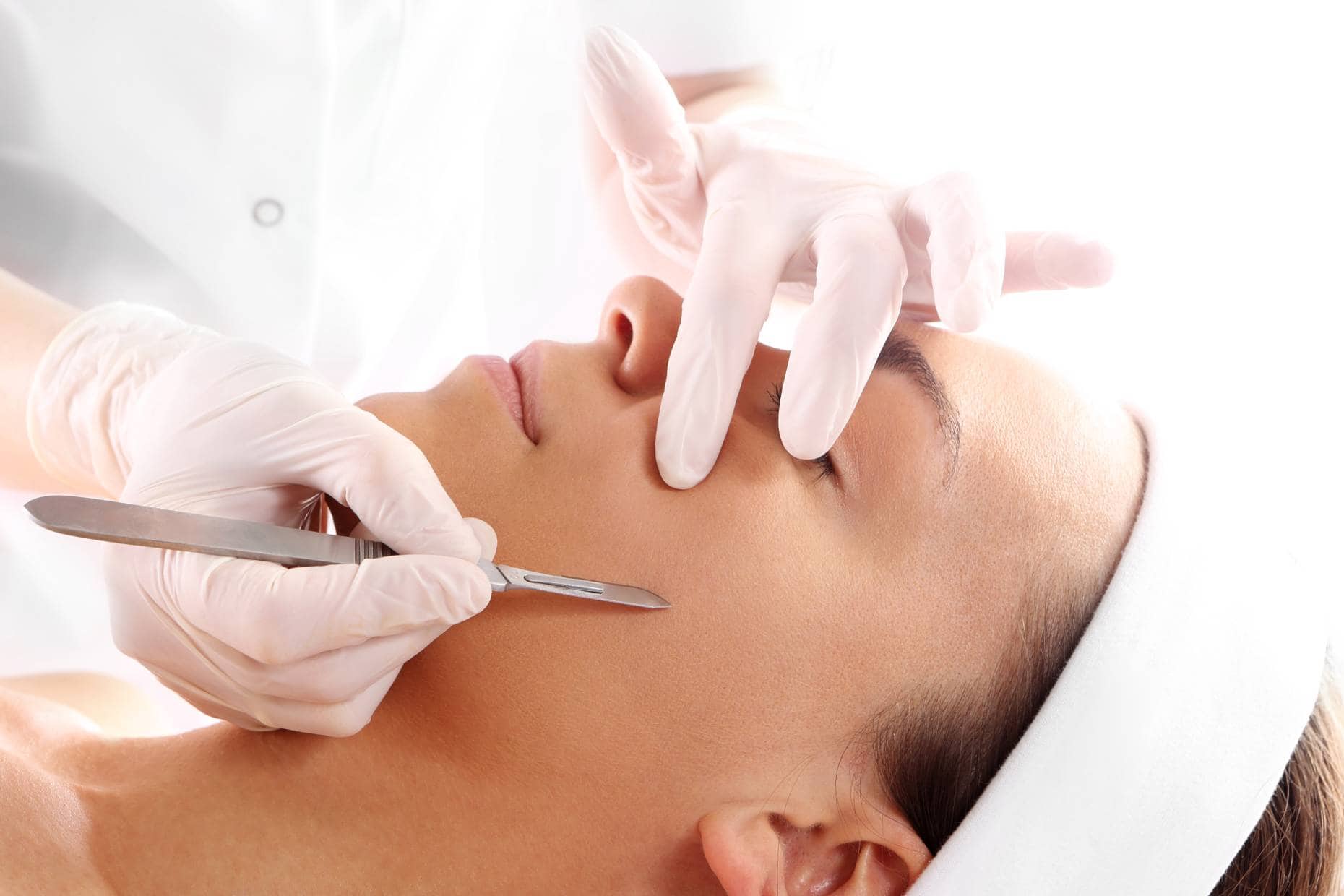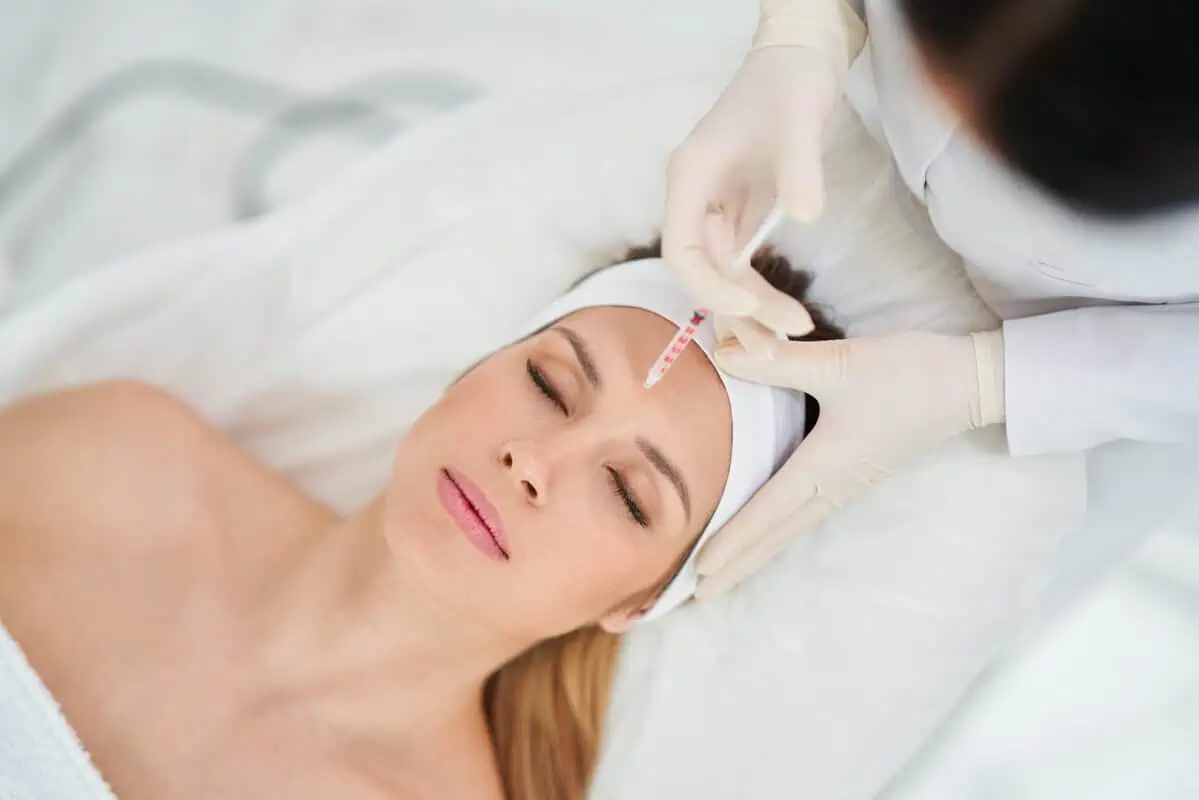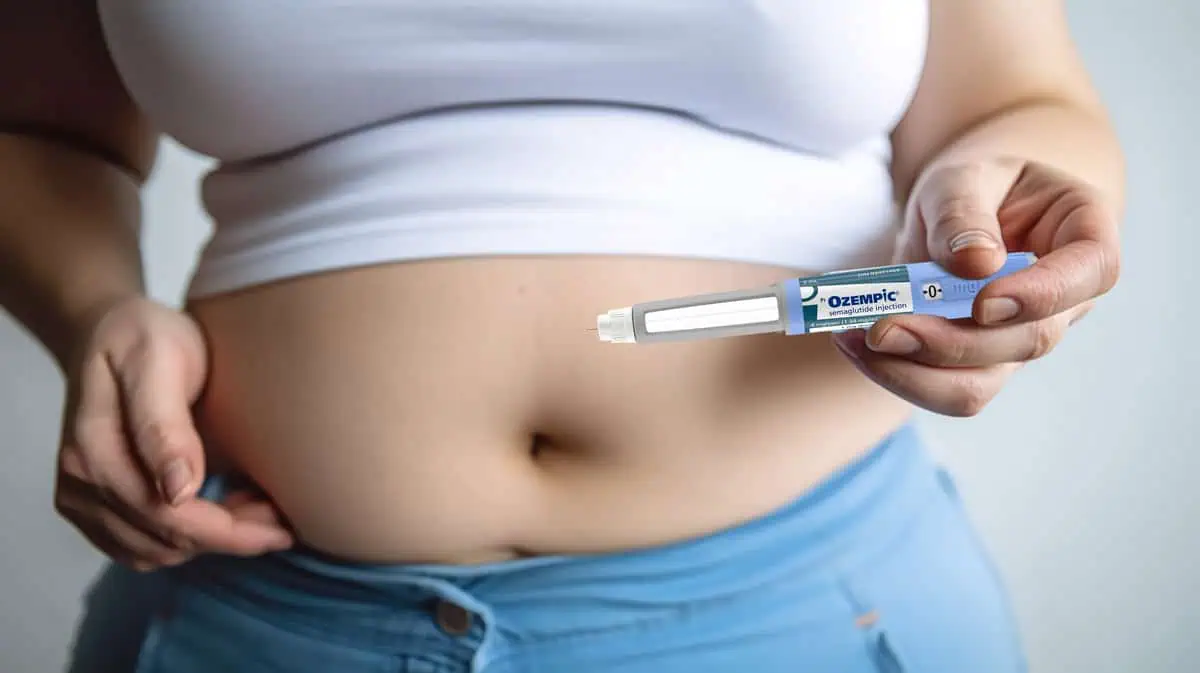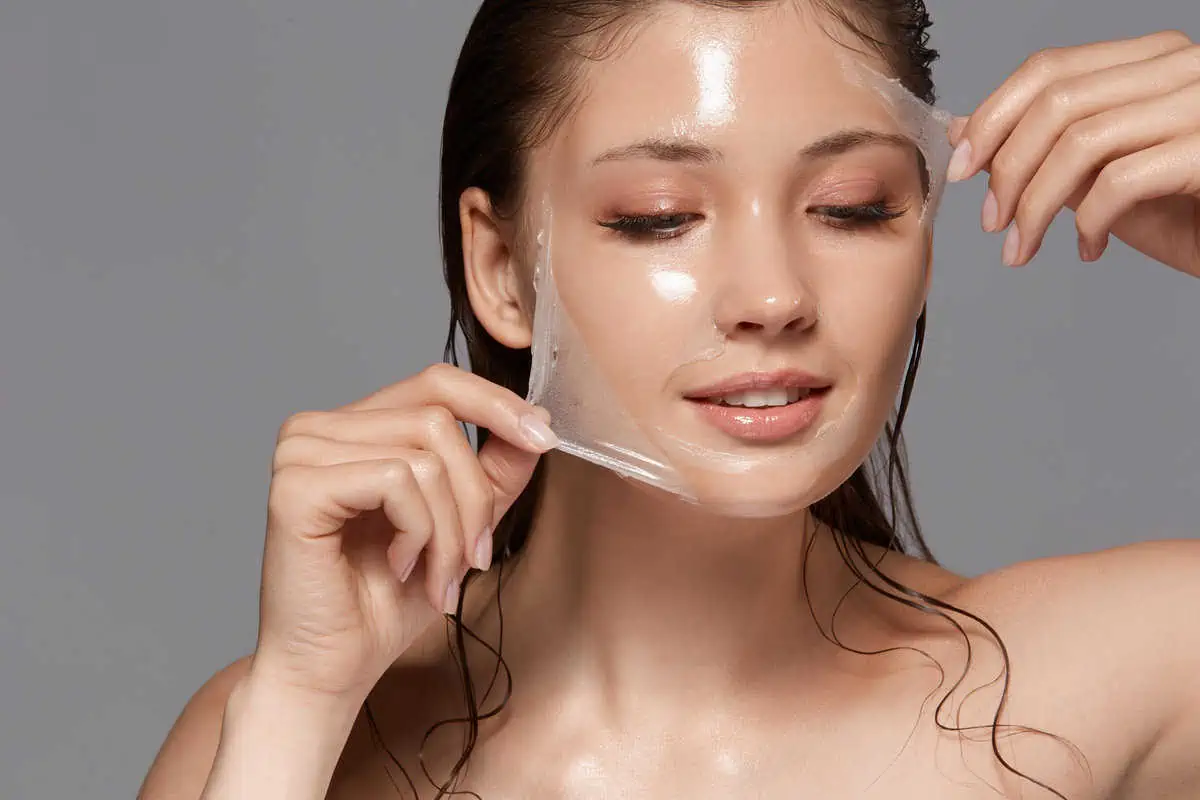Everyone has probably heard one or two beauty treatment gone wrong stories. Such stories can scare someone thinking about improving their look with a cosmetic treatment, especially if the treatment is relatively unknown. This post focuses on dermaplaning – is it good for your skin, does it have risks and side effects, how does the procedure go, and does it require downtime and recovery?Let’s answer the basic pertinent questions about dermaplaning.
What is Dermaplaning?
Dermaplaning is a procedure that results in exfoliated and brighter new skin after three steps. The steps are cleansing, exfoliation, and an enzyme peel. Here at Taylered Aesthetics, we throw in an extra application of stem cell growth factors so you can get the most out of the treatment.Dermaplaning exfoliates the first layer of the skin and removes vellus hair and dead skin cells. You will get immediately softer, smoother, and more radiant skin. The procedure only lasts for half an hour, but the results are prominent and may last as long as four to six weeks.Is a Dermaplaning Treatment the Same as a Microdermabrasion Procedure?
There are a few critical differences between dermaplaning and microdermabrasion. Even though they both achieve similar results, these procedures vary in the tools they use and the strategies they employ.Dermabrasion uses a small, electric device to suck out debris from your skin while an exfoliant is working. On the other hand, dermaplaning uses a scalpel (yes, the surgical knife thing) to exfoliate the skin. The cosmetician scrapes the blade across your skin at a 45° angle to exfoliate the top layer of the skin and remove the vellus hair.Aside from the tools they use, a dermaplaning procedure and a microdermabrasion treatment also differ in their exfoliating strategies. Microdermabrasion sprays an exfoliant and sucks the debris from your skin to expose a new layer of healthier and more radiant skin. On the other hand, a dermaplaning procedure literally scrubs the top layer of the skin off to reveal the cleaner and better-looking layer of skin.Why People Worry Over the Safety of Dermaplaning
The thought that dermaplaning is ultimately bad for your skin is not exactly baseless. Dermaplaning is different from microdermabrasion.When a blade scrapes across your face, it is extremely easy to feel uneasy. But a dermaplaning treatment is safe and proven to work effectively to make your skin more radiant and youthful-looking. You just have to make sure that you work with a trained, certified, and experienced cosmetics professional.Professionals know what they are doing with the scalpel. They know how to use their tools to get only the best results. Tayler Rentschler, APRN of Taylered Aesthetics, is one of the best cosmetics professionals in O’Neill, Nebraska.The Benefits of Dermaplaning
Dermaplaning scrapes off the first layer of the skin. By doing so, dermaplaning also removes fine lines and wrinkles, and acne scarring. Overall, dermaplaning makes the skin smooth.Aside from fine lines, wrinkles, and acne scarring, dermaplaning treats the following skin problems:- Dull skin
- Dry skin
- Sun damage
What to Expect from Dermaplaning
Even though the treatment does not require downtime or a recovery period, you may feel that your skin has been scraped within the next three days after the procedure. You may also notice redness or tenderness on the treatment site.Even though the treatment gives immediate results, you will only see and appreciate its full benefits after a few days. As the redness subsides, you will begin to see more clearly what dermaplaning did for your skin.The results of dermaplaning are not permanent. Experts say it removes about three weeks’ worth of dead skin cells and vellus hair. After four or so weeks, your skin will fade back to its state before the dermaplaning treatment.To maintain the results of dermaplaning for as long as possible, be careful about sun exposure. Sun damage expedites the reversal of dermaplaning effects or causes pigmented blotches across the treated region. Wear sunscreen when heading out in the weeks after the dermaplaning treatment.The Risks and Side Effects of Dermaplaning
The typical and expected side effects of dermaplaning are slight redness in the hours after the treatment, the feeling of scraped skin, and tenderness on the treated skin. Some people notice whitehead buildup on their skin within a couple of days of the treatment.Another possible side effect is the development of patchy skin pigment in the treatment site. But the patches will subside over time.Although dermaplaning is generally safe, it may have severe risks. The safety of dermaplaning ultimately hinges on the practitioner’s skill who’s administering the treatment. It is absolutely essential.The complications you would avoid if you work with a skilled professional are:- Wounds
- Scarring
- Infections





